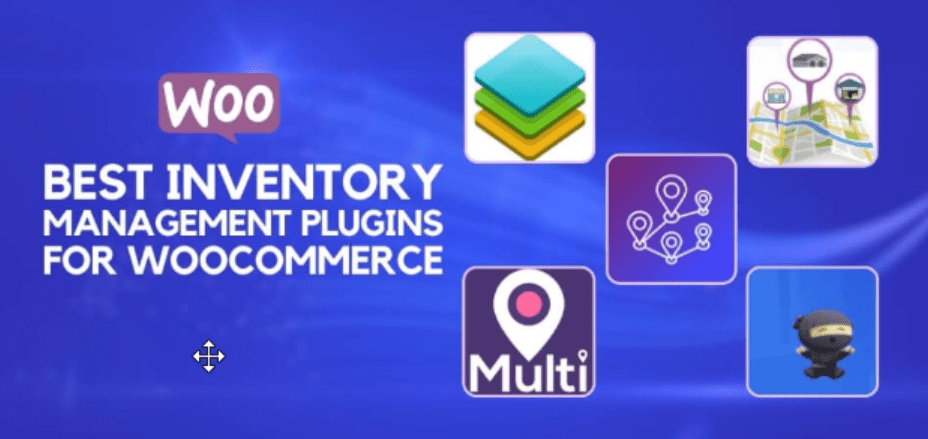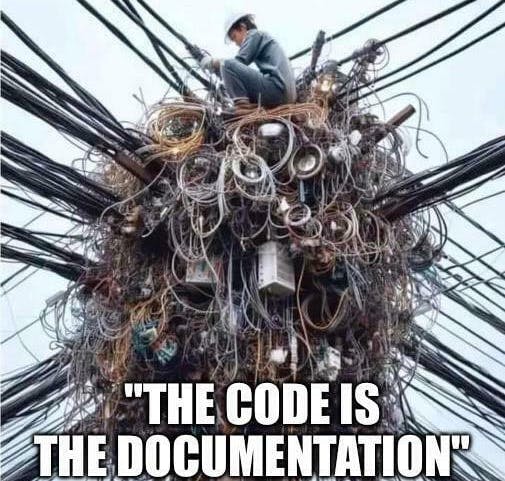Tokenization is not another crypto trend nor is it Bitcoin. It’s how banks, governments, and markets are rebuilding the global financial system for speed, efficiency, and transparency.
The Quiet Revolution Beneath the Crypto Noise
In a world fixated on Bitcoin’s latest rally and Ethereum’s technical upgrades, a quieter revolution is underway. Tokenization, the process of converting rights to an asset into a digital token on a blockchain, is reshaping how money and value move through the global financial system.
It often gets thrown into the same category as cryptocurrency, but that is a fundamental misunderstanding. Tokenization is not the next meme coin or a speculative bet on digital gold. It is the plumbing of tomorrow’s markets, where everything from real estate and private credit to treasuries and carbon credits can move seamlessly and settle instantly.
As institutions like BlackRock, Citi, and JPMorgan invest billions into tokenization infrastructure, one thing is clear: this is not a hype cycle. It is the foundation of modern financial markets.
Demystifying Tokenization
At its core, tokenization takes a real-world asset – a bond, a stock certificate, a commercial property, gold, or even intellectual property and represents it as a digital token on a distributed ledger. The token is not the asset itself but a verified record of ownership.
Think of it as turning a paper deed into a programmable piece of code that can be divided, traded, and audited in real time, without intermediaries such as clearinghouses or notaries. The blockchain ensures transparency and security, but the underlying value remains tangible.
Unlike cryptocurrencies that exist only in digital form, tokenized assets are backed by real-world value: a building, a treasury bond, or a mine’s production stream. This distinction matters. Tokenization bridges traditional finance with digital technology, making illiquid assets liquid and opaque systems transparent.
Think of Tokenization and Cryptocurrency as Distant Relatives, Not Twins
The confusion is understandable. Cryptocurrencies are technically a form of tokenization. Bitcoin itself is a tokenized representation of value on its own blockchain. But equating the two is like saying the Internet is just email.
Crypto thrives on volatility, momentum, and retail speculation. Tokenization is institutional, regulated, and built for long-term efficiency.
Stablecoins provide a useful midpoint. These are tokenized versions of fiat currencies such as the U.S. dollar or gold, backed one-to-one by reserves. Stablecoins now represent over 256 billion dollars in market capitalization, enabling cross-border payments without the volatility of Bitcoin.
That is only a fraction of the opportunity. Broader tokenization targets roughly 16 trillion dollars in illiquid private assets such as venture funds, private credit, and fine art that legacy markets have struggled to mobilize. n
| Aspect | Tokenization | Cryptocurrency |
|—-|—-|—-|
| Primary Focus | Digitizing real-world assets such as bonds, gold, property, or investment funds | Creating native digital currencies or blockchain-based payment tokens |
| Backing | Backed by tangible assets or legal ownership rights | Secured by network consensus and cryptographic validation |
| Volatility | Generally low, linked to underlying asset value | Typically high, influenced by market sentiment |
| Use Case | Enhancing liquidity, enabling fractional ownership, and streamlining settlement | Serving as a store of value, payment medium, or instrument for DeFi activity |
| Adopters | Financial institutions, asset managers, governments, and regulators | Retail investors, crypto exchanges, and blockchain communities |
Why Financial Institutions Are Leading the Tokenization Charge
Major banks and asset managers are entering tokenization because it solves their biggest structural problems: liquidity, cost, speed, and automation. Smart contracts automate trade execution and settlement, removing the need for manual reconciliation or intermediaries. Transactions that previously required two to three business days can now be completed within seconds on-chain, increasing operational efficiency across markets.
-
Liquidity and access: Tokenization breaks traditional barriers by enabling fractional ownership of assets such as real estate, commodities, or private funds. This democratizes access for investors while expanding the liquidity pool for traditionally illiquid assets.
-
Cost reduction: Automated record-keeping, embedded compliance logic, and real-time auditing significantly reduce administrative overhead. By shortening settlement cycles and minimizing counterparty risk, tokenized systems release capital that would otherwise remain locked in clearing and settlement processes.
BlackRock CEO Larry Fink has stated that “every stock, every bond, every asset can be tokenized.”
JPMorgan CEO Jamie Dimon, while skeptical of speculative crypto assets, acknowledges that blockchain infrastructure “redefines how finance works” through efficiency and instant settlement.
At the macro level, tokenization represents a structural shift toward real-time finance. It is how value will move across borders, markets, and institutions in the coming decade.
The Benefits of Tokenization
- Liquidity: Illiquid assets like real estate or private credit can be divided into tradable digital shares that move 24/7. A ten-million-dollar office building could be split into one-thousand ten-thousand-dollar tokens, allowing investors around the world to participate.
- Operational efficiency: Traditional trades settle in T+2 days or longer for cross-border activity. Tokenized settlements happen in seconds, cutting costs by as much as 50 percent through automation.
- Compliance and security: Immutable ledgers create permanent audit trails that reduce fraud and simplify reporting.
- Global inclusion: In emerging markets, tokenization could be used to fractionalize agricultural commodities or community development projects. Globally, the market for tokenized assets could reach 18.9 trillion dollars by 2033, up from 300 billion today. Tokenization is driving value creation across every layer of the financial stack, from settlement and custody to liquidity and market access.
2025: The Tipping Point for Tokenization Adoption
The momentum behind tokenization is accelerating. In the United States, new regulatory clarity through the Clarity for Digital Tokens Act and the GENIUS Act is paving the way for large-scale institutional pilots. These measures, alongside bipartisan stablecoin legislation advancing in Congress, are creating the foundation for compliant digital asset issuance and settlement within the U.S. financial system.
Globally, other markets are setting the pace. Hong Kong unveiled its Fintech 2030 roadmap in November 2025, with a commitment to invest nearly HK$100 billion (US$12.9 billion) annually in fintech, tokenization, and digital infrastructure. Singapore continues to lead in tokenized commodities through Project Guardian, supported by the Monetary Authority of Singapore. Japan introduced the JPYC stablecoin system in 2025 under its revised Payment Services Act, while South Korea is advancing a pilot central bank digital currency initiative through the Bank of Korea.
In Europe, the Markets in Crypto-Assets Regulation (MiCA), which took effect in mid-2024, provides a harmonized framework for token issuance and stablecoin oversight across the EU. Dubai’s Virtual Assets Regulatory Authority (VARA) also remains active in licensing and supervising tokenization projects, positioning the UAE as a hub for digital finance.
This multi-jurisdictional progress shows a global shift from regulatory uncertainty to structured adoption. Tokenization is emerging not as another crypto trend but as the next layer of regulated market infrastructure connecting traditional and digital finance.
BlackRock has launched tokenized money-market funds. Citi is exploring a digital stablecoin framework. In Asia, Hong Kong’s HashKey and Bosera rolled out tokenized ETFs, and Dubai’s Damac signed a one-billion-dollar partnership with Mantra to tokenize properties for fractional investors.
From Mines to Markets: New Models of Capital Formation
Tokenization is also creating new paths for industries outside traditional finance. In mining, for example, projects can tokenize future production streams or reserves, allowing investors to hold programmable interests tied to real assets.
This model expands access to funding while embedding transparency and real-time reporting. Smart contracts handle distribution, royalties, and investor eligibility, reducing costs and increasing accountability.
The same logic applies to real estate, infrastructure, and private equity. Tokenization connects local value creation with global capital access.
The Verdict: Building the Invisible Rails
Tokenization is not about chasing the adrenaline of crypto speculation. It is the invisible layer modernizing how financial systems operate.
For investors, tokenization opens access to markets once limited to institutions. For asset owners, it provides global liquidity and faster capital formation. For markets, it promises transparency, programmability, and lower costs.
The crypto hype may fade, but the infrastructure will endure. Tokenization is not Bitcoin’s sequel. It is the blueprint for a more efficient, inclusive financial world.











